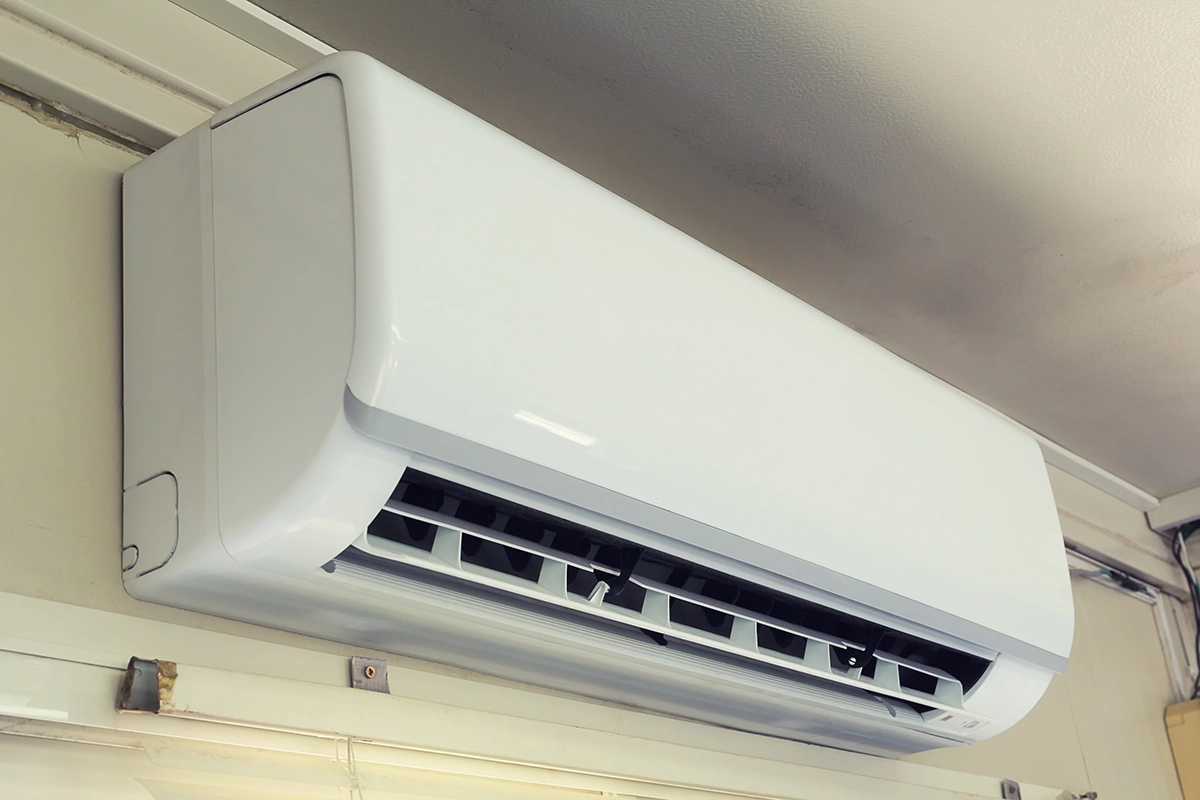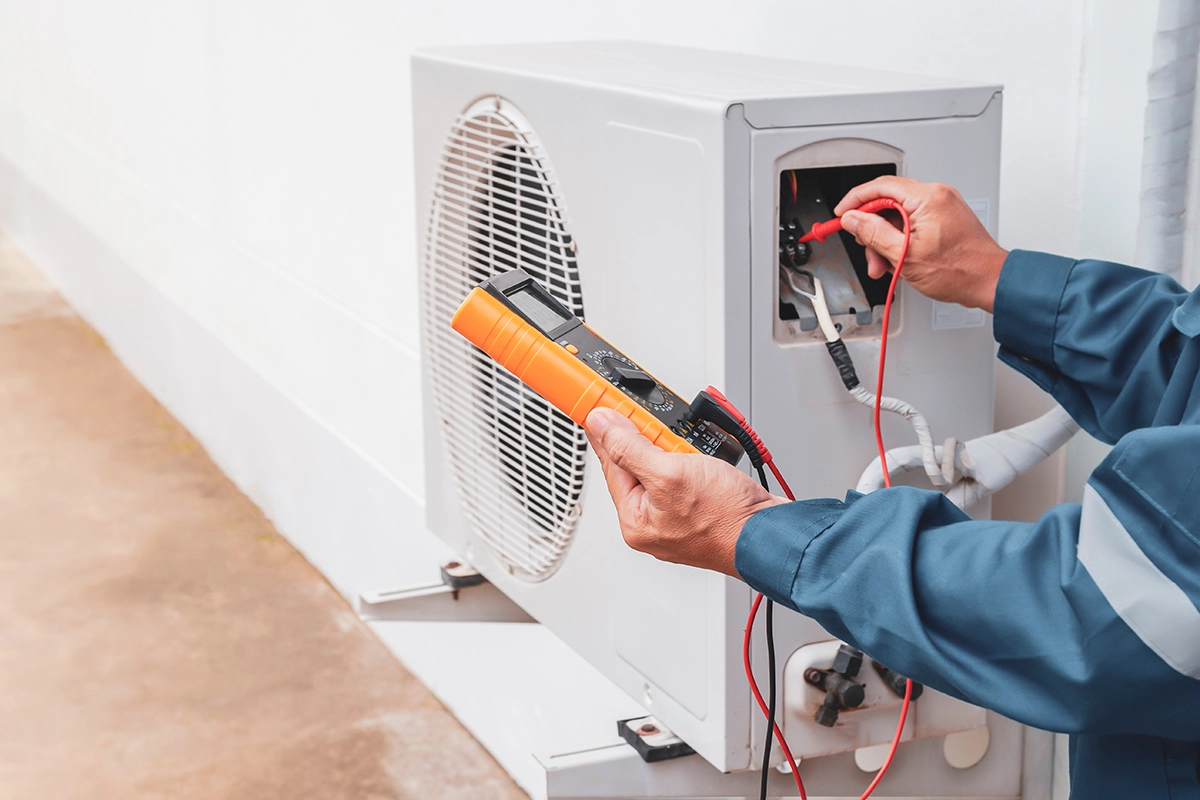Air-duct cleaning is essential for maintaining clean air and a healthy environment, whether at home or in a business setting. However, residential and commercial air-duct systems vary significantly in design, usage, and cleaning requirements. Understanding these differences is crucial for ensuring the right approach to maintaining air quality and HVAC efficiency in both environments.
1. System Design and Complexity
The design and complexity of air-duct systems differ greatly between residential and commercial properties.
Residential Systems:
- Typically smaller and simpler in design.
- Usually consist of a single HVAC system with fewer ducts and vents.
- Designed for limited airflow to serve specific rooms or zones in a home.
Commercial Systems:
- Larger, more complex HVAC systems designed to handle extensive airflow.
- Often feature multiple units, ducts, and zones to accommodate large spaces like offices, warehouses, or retail stores.
- May include specialized components like variable air volume (VAV) boxes, dampers, and more extensive duct networks.
Key Difference: Commercial systems require more advanced cleaning techniques and specialized equipment due to their size and complexity.
2. Frequency of Cleaning
The frequency of air-duct cleaning depends on how the space is used and the volume of occupants.
Homes:
- Residential ducts typically require cleaning every 3–5 years, depending on factors like pets, allergies, and local environmental conditions.
- Homeowners may need more frequent cleaning if there is significant dust, mold, or recent renovations.
Businesses:
- Commercial ducts often need cleaning more frequently—annually or semi-annually—because of higher occupancy, constant HVAC operation, and exposure to pollutants.
- Specific industries, such as healthcare or food service, may have stricter regulations requiring regular cleaning for compliance.
Key Difference: Businesses usually require more frequent air-duct cleaning due to heavier usage and stricter health standards.
3. Usage and Contaminants
The type and volume of contaminants in air-duct systems differ between homes and businesses due to how these spaces are used.
Homes:
- Common contaminants include dust, pet dander, mold, and pollen.
- HVAC systems are typically used intermittently, reducing the accumulation of contaminants compared to commercial systems.
Businesses:
- Air ducts in commercial properties accumulate pollutants like dirt, debris, chemicals, and even industrial byproducts.
- HVAC systems often run continuously to maintain consistent temperatures for employees, customers, or equipment, leading to faster accumulation of contaminants.
Key Difference: Commercial systems face a broader range of pollutants and operate for longer periods, requiring more intensive cleaning.
4. Cleaning Equipment and Techniques
The tools and methods used for air-duct cleaning vary significantly between residential and commercial applications.
Homes:
- Standard vacuum systems and brushes are typically sufficient for cleaning residential air ducts.
- Smaller-scale equipment can easily navigate through compact duct networks.
Businesses:
- Commercial cleaning often requires high-powered, industrial-grade vacuum systems and specialized tools.
- Techniques like robotic duct cleaning or advanced filtration systems may be used for larger, more complex setups.
- Professionals may also need to clean additional components like cooling towers or rooftop units.
Key Difference: Commercial duct cleaning demands more advanced equipment and expertise due to the larger scale and complexity of the system.
5. Health and Safety Regulations
Health and safety standards also influence the approach to air-duct cleaning for homes and businesses.
Homes:
- While not typically regulated, air-duct cleaning in homes helps improve air quality and reduce allergens for a healthier living environment.
- Homeowners decide when and how frequently to clean their ducts based on personal needs.
Businesses:
- Commercial properties often need to comply with health and safety regulations, especially in industries like healthcare, food service, and manufacturing.
- Dirty ducts can result in non-compliance with standards set by organizations like OSHA (Occupational Safety and Health Administration) or ASHRAE (American Society of Heating, Refrigerating, and Air-Conditioning Engineers).
Key Difference: Businesses must prioritize air-duct cleaning to meet regulatory requirements, while for homeowners, it’s more about personal health and comfort.
6. Cost Differences
The cost of air-duct cleaning varies depending on the type of property, system size, and cleaning needs.
Homes:
- Residential air-duct cleaning is generally more affordable due to smaller systems and simpler cleaning processes.
- Costs may increase if additional services, like mold remediation or sanitization, are required.
Businesses:
- Commercial cleaning tends to be more expensive because of the larger system size, complexity, and specialized equipment involved.
- Factors like the building’s size, number of ducts, and industry-specific requirements can influence the cost.
Key Difference: Commercial air-duct cleaning is a more significant investment due to the scope of work and specialized expertise required.
7. Scheduling and Accessibility
Cleaning air ducts in homes and businesses involves different logistical challenges.
Homes:
- Cleaning can be scheduled at the homeowner’s convenience, with minimal disruption to daily life.
- Residential ducts are usually easier to access, requiring less time for cleaning.
Businesses:
- Scheduling must minimize disruptions to operations, often requiring cleaning during non-business hours.
- Accessibility can be a challenge in large buildings or industrial settings, requiring additional planning and effort.
Key Difference: Business cleaning often demands greater flexibility and planning to avoid interfering with daily operations.
8. Benefits of Regular Cleaning for Homes and Businesses
Despite the differences, regular air-duct cleaning offers significant benefits for both homes and businesses:
For Homes:
- Improved indoor air quality for healthier living.
- Reduced allergens and respiratory irritants.
- Lower energy bills and longer-lasting HVAC systems.
For Businesses:
- Enhanced employee productivity and customer satisfaction through cleaner air.
- Compliance with health and safety regulations.
- Improved HVAC efficiency, reducing operational costs.
Conclusion
Whether you’re maintaining a cozy home or managing a bustling commercial space, air-duct cleaning is a critical step toward better air quality, energy efficiency, and system performance. While the goals are similar, the differences in system design, usage, and cleaning requirements mean that professionals must tailor their approach for each type of property.
If you’re overdue for an air-duct cleaning—whether residential or commercial—reach out to a trusted professional who can provide the expertise and tools needed for the job.
Ready to improve the air quality in your home or business? Contact us today to schedule your air-duct cleaning service!






